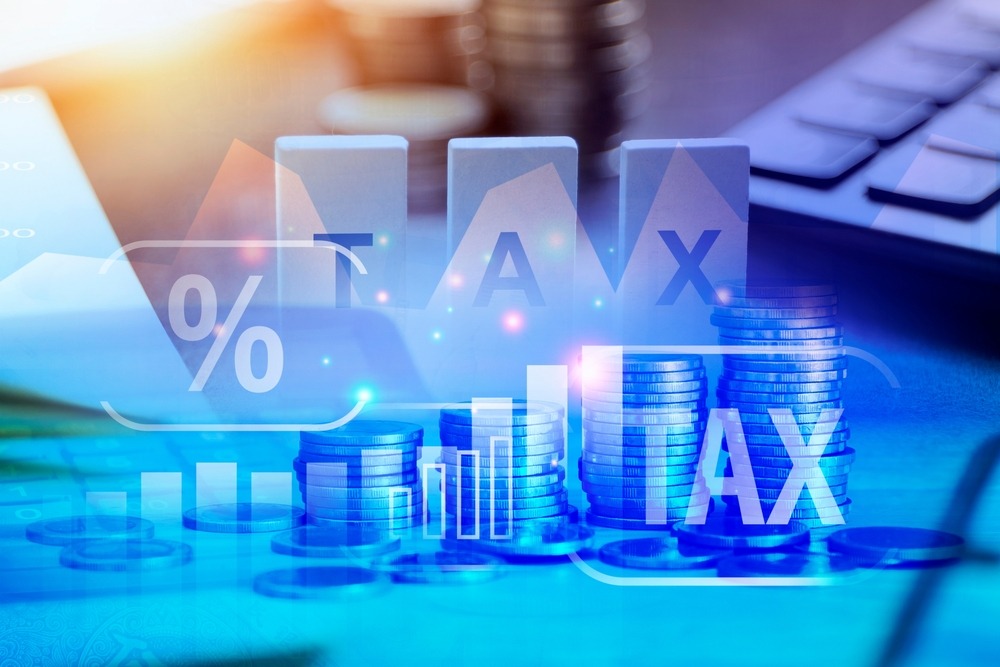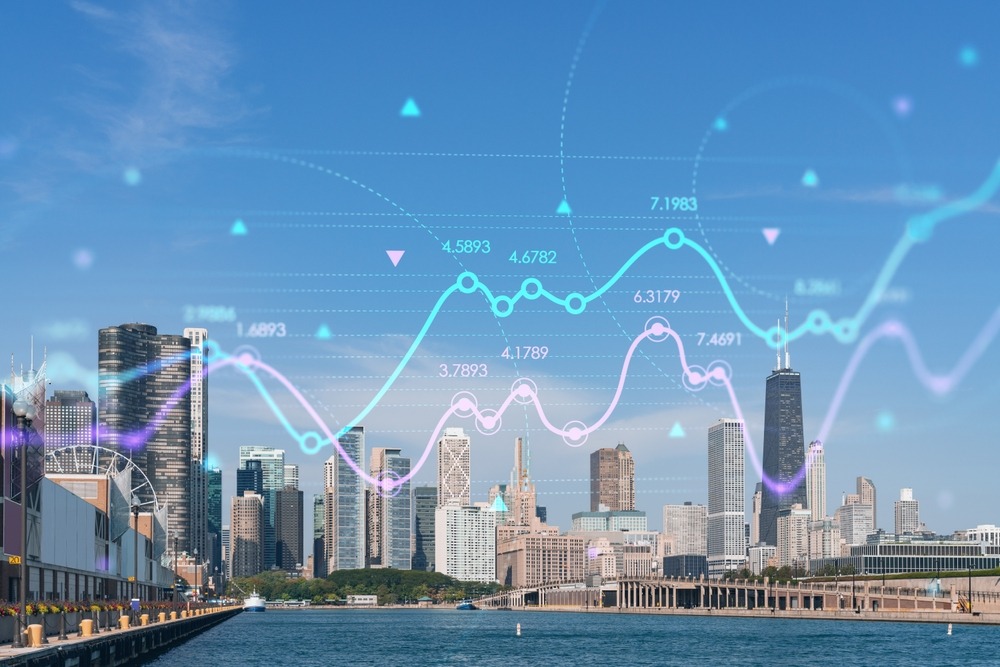In the 1990s, Wall Street professionals first started trading forex on screens. Recently, online trading has grown, letting everyday investors and traders engage in FX trading and hedging.
Now, individuals can use advanced algorithmic Forex trading programs that automate FX trading with various strategies.
Algorithmic trading is fast and accurate but carries risks due to its automated nature. It automates the trading process, allowing for full or partial automation of trading activities.
Algorithmic trading automates trading process, allowing for full or partial automation of trading activities.
What is algorithmic Forex trading?
Algorithmic trading in Forex is a way of trading in which you let a program run its course. This will be responsible for managing positions such as the opening or closing time (timing), the number of lots, etc.
It can operate with or without the intervention of a human being. Some are quite simple and simply place orders when certain conditions are validated; others, more evolved, are capable of learning and improving over time.
In practice, this method involves the use of computer programs capable of executing market operations. Decide whether to open or close positions based on your risk tolerance and the market direction you’re in.
These operations include the purchase and sale of positions. Algorithmic trading is used to buy and sell large amounts of assets. It minimizes transaction costs on trading platforms and increases speed.
These systems only execute the provided orders. Conversely, automated or electronic trading software involves the complete automation of the trading process.
Algorithmic trading is a sophisticated trading technique that uses complex mathematical tools to assist you in making trading decisions.
In this system, a human trader barely intervenes, which promotes extremely rapid decision-making.
This responsiveness allows the algorithm to seize opportunities present in the market long before you can detect them.
Algorithmic trading potentials
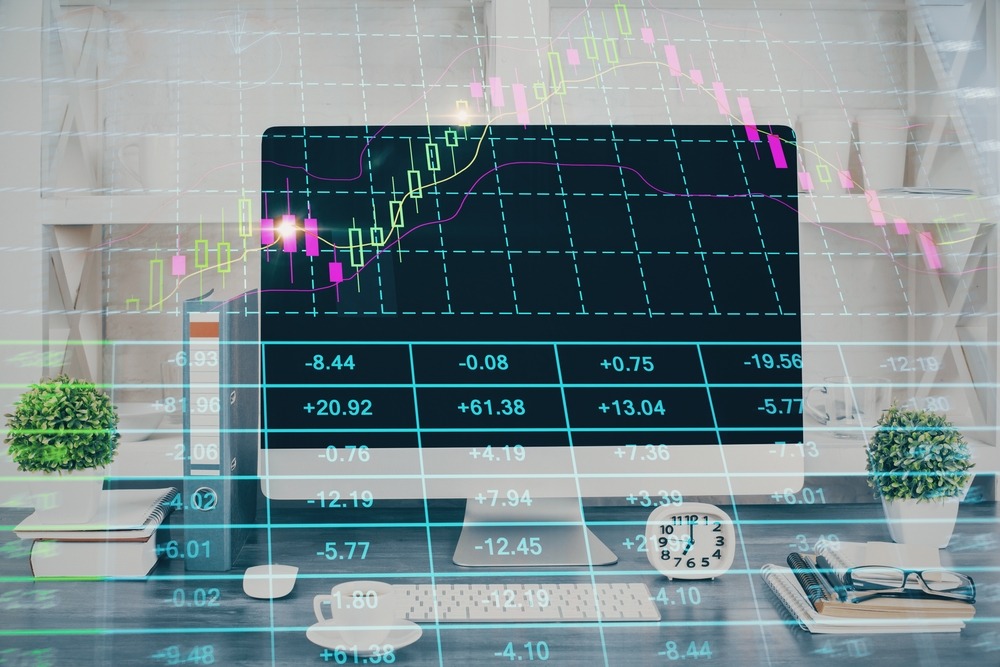
Transacting assets within one microsecond challenges human capabilities, as our neurons cannot process information that fast. The need for such speed in transactions necessitates the use of advanced techniques.
Algo-trading initially relied on sequential processing, but now parallel computing and neural networking offer more promise. This approach, similar to machine learning, allows for multiple processes simultaneously, making it faster than sequential methods.
Big Data and data science are important for analyzing lots of transaction information to find profitable deals. As trading solutions access more data, they become more efficient, benefiting the market.
The speed of execution of an order depends on 2 things. The speed of the internet connection and the reaction time of the trader. The higher the time unit, the less important it is, but for scalping these parameters are not negligible.
When a buy signal appears, it first arrives at the broker’s server, which will then send it to your station.
If your connection is not good, you will lose several thousandths of a second. Then it will take time for you to interpret the signal and click the mouse to open the trade, the click reflex time is on average 0.2 – 0.25 seconds.
Finally, the order execution request will then need to arrive at your broker, which will again be impacted by the internet connection.
How does algorithmic trading work?
An algorithm is a set of specific rules or methods developed to manage a given process. Algorithmic trading relies on computer programs to carry out large-scale transactions.
It takes into account several predefined parameters such as asset prices and market conditions to make trades.
If you are a trader, you can use algorithmic trading to react quickly and accurately. Whenever a stock hits a specific price or falls below that threshold.
In these particular situations, the algorithm would make the decision to buy or sell a specific number of shares. Once this program is in place, you can relax with confidence.
You can be certain that the system will carry out all necessary transactions as soon as it meets the criteria.
Algorithmic trading therefore offers an efficient way to manage high-frequency trading without having to constantly monitor the markets.
This allows traders to gain speed and accuracy, while reducing the stress of making decisions in real time. It’s an approach that gives you a huge advantage in the complex and fast-paced world of financial market trading.
What are algorithmic trading strategies?
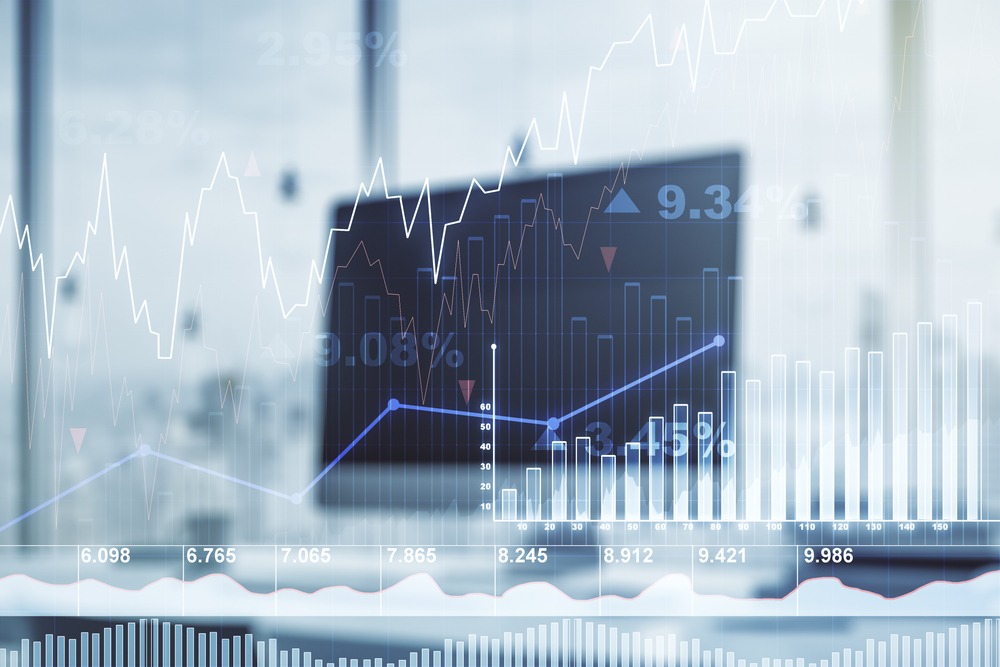
Algorithmic trading strategies represent a range of techniques that aim to achieve the most lucrative algorithmic trades.
Although each strategy has its particularities, the underlying process of algorithmic trading remains consistent. Each method receives real-time data from stock markets by design.
Each method generates a trade order based on a predefined set of rules or logic. This transaction order includes all necessary specifications, such as classification, side of the transaction, and amount.
Each strategy operates in a predetermined manner, ensuring the trader precisely executes the algorithms for each trade. For a better understanding, here are the three main algorithmic trading strategies:
The price variation strategy
When you explore an algorithmic trading strategy focused on price movements, you enter the realm of analyzing previous levels.
These are opening and closing points, or highs and lows. This method triggers buy or sell orders as soon as prices reach specific levels.
For example, imagine that you want to set up an algorithm. It has to execute buy orders when prices rise above point X or sell orders when they fall below point Y.
Scalpers commonly use this approach. so-called high-frequency trading (HFT). Additionally, it is important to think about risk management using tools like stop orders and limit orders.
The technical analysis strategy
This approach consists of designing an algorithm capable of reacting to the parameters of technical indicators. Most common are:
- Bollinger bands;
- Stochastic oscillators;
- The MACD (Moving Average Convergence Divergence);
- The Relative Strength Index (RSI).
For example, you can program it to close a position as soon as volatility significantly increases.
Implementing a technical analysis strategy requires careful preparation and mastery of the use of various technical indicators.
Decide whether to open or close positions based on your risk tolerance and the market direction you’re in.
When using technical analysis to buy and sell, you focus more on using indicators. You analyze the signals generated by these indicators in order to make informed decisions for your transactions.
The combined strategy
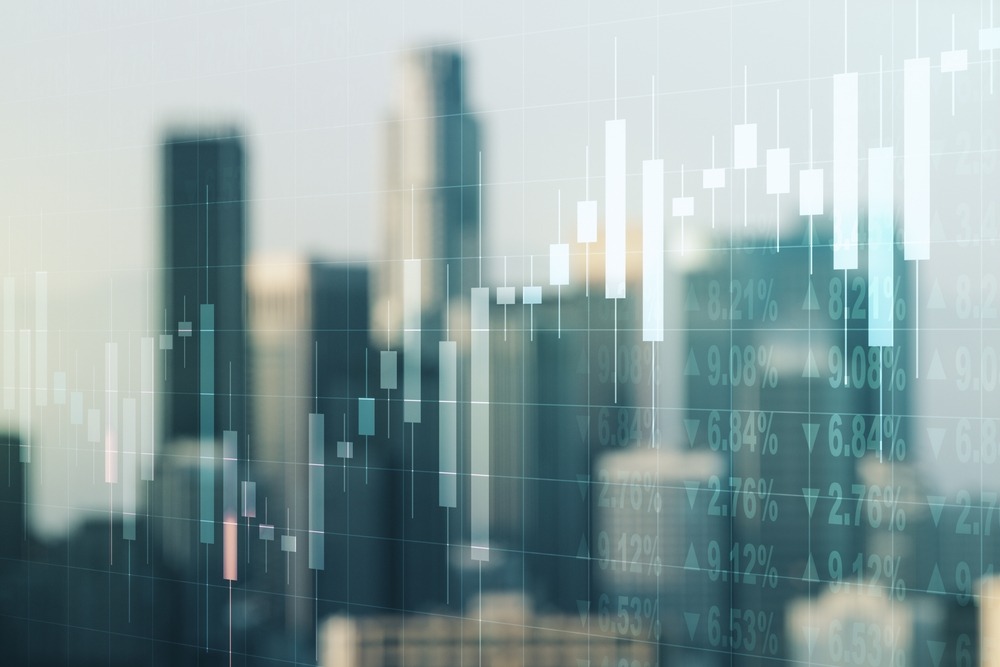
To use a combined trading strategy, you need to skillfully combine price changes and technical analysis. This combination will help you identify potential opportunities for price movements.
These algorithms are your allies to execute buy or sell orders based on this data.
Within a combination trading strategy, it is up to you to determine your desired position, whether up or down.
It is also up to you to choose the time of day when the algorithm should be operational. You have the flexibility to customize your combo strategy based on market, time frame, position size.
Who Uses Forex Trading Algorithms?
Various individuals and organizations, including regular investors, hedge funds, and pension funds, utilize trading algorithms to improve their trades.These tools are accessible to anyone with the technical knowledge to create or implement them.
Creating an Algorithm for Forex Trading
Yes, anyone who knows programming and understands the foreign exchange market can create a trading algorithm.. The process involves formulating a strategy, backtesting it with historical data, and adjusting based on the outcomes.
Benefits and Risks of Algorithmic Trading
Algorithmic trading enhances trading efficiency, reduces transaction costs, and increases liquidity.
It allows for high-frequency trading (HFT), presenting opportunities for algorithmic traders to capitalize on price arbitrage and reversion strategies in real-time, thus contributing to forex trading evolution.
Despite its benefits, algorithmic trading carries risks. It could have potential for significant market impact, regulatory challenges, and the need for constant monitoring to manage risks effectively. Technological failures and unforeseen market events can also pose challenges.
How Algorithms Help Forex Traders

Algorithms aid traders by executing a large number of orders at high speeds, improving the likelihood of executing orders at desired prices. They provide investors and traders with tools for risk management and identify arbitrage opportunities faster than manual trading.
Conclusion
Algorithmic trading in forex signifies a leap towards more systematic, efficient, and transparent trading. With the right strategies and risk management practices, trading algorithms can significantly benefit traders by leveraging technological advancements, enhancing market liquidity, and offering new opportunities for engaging with the forex market.



